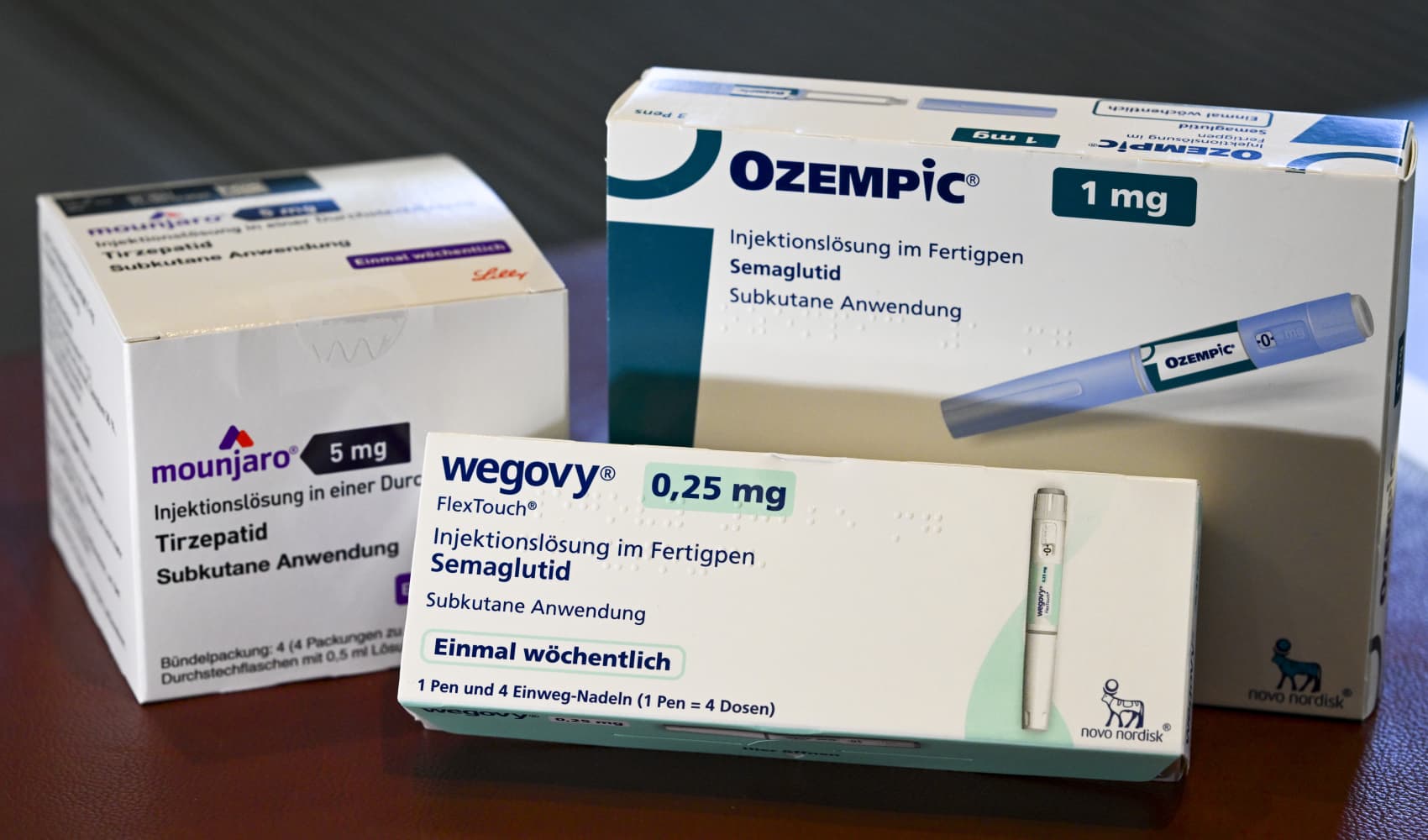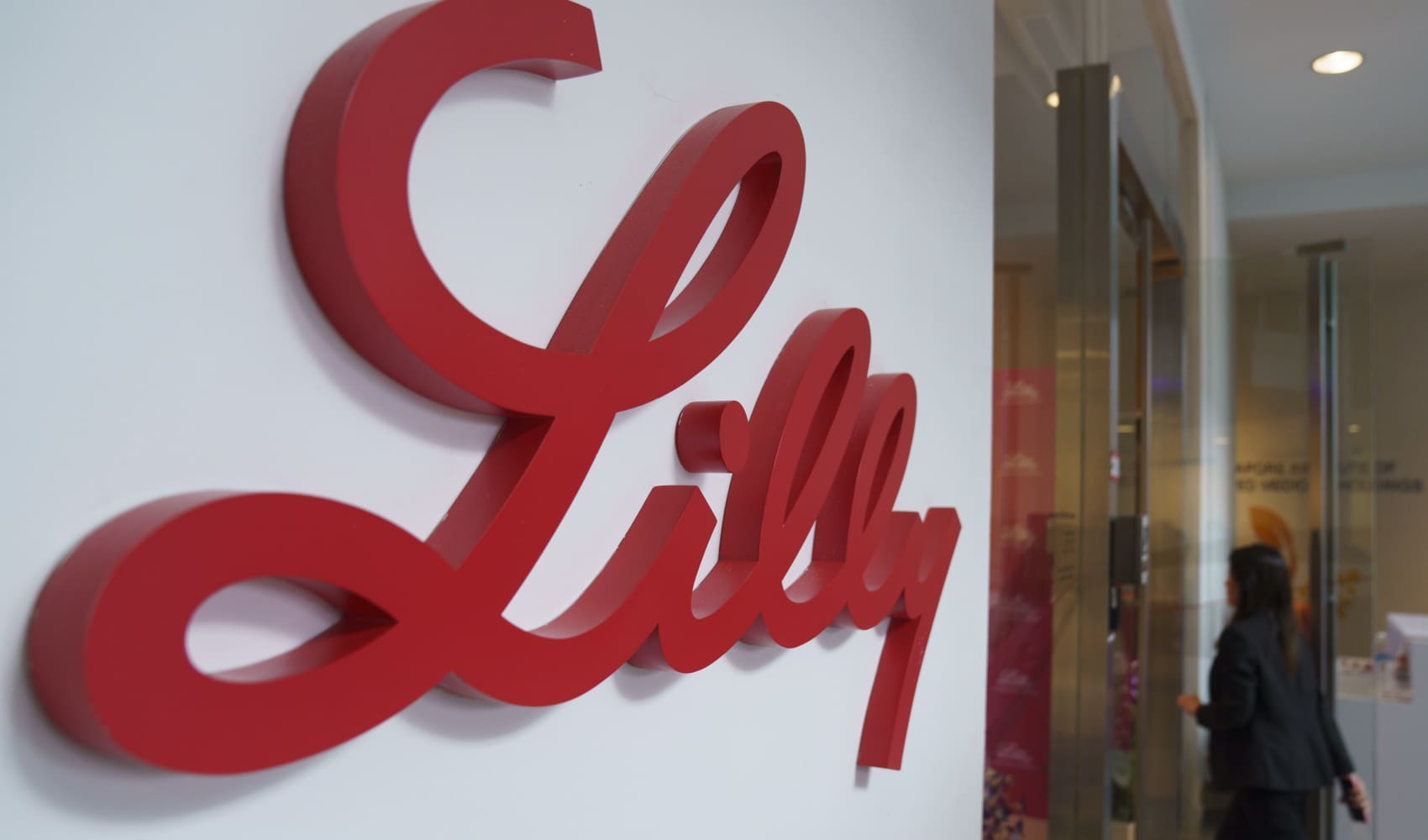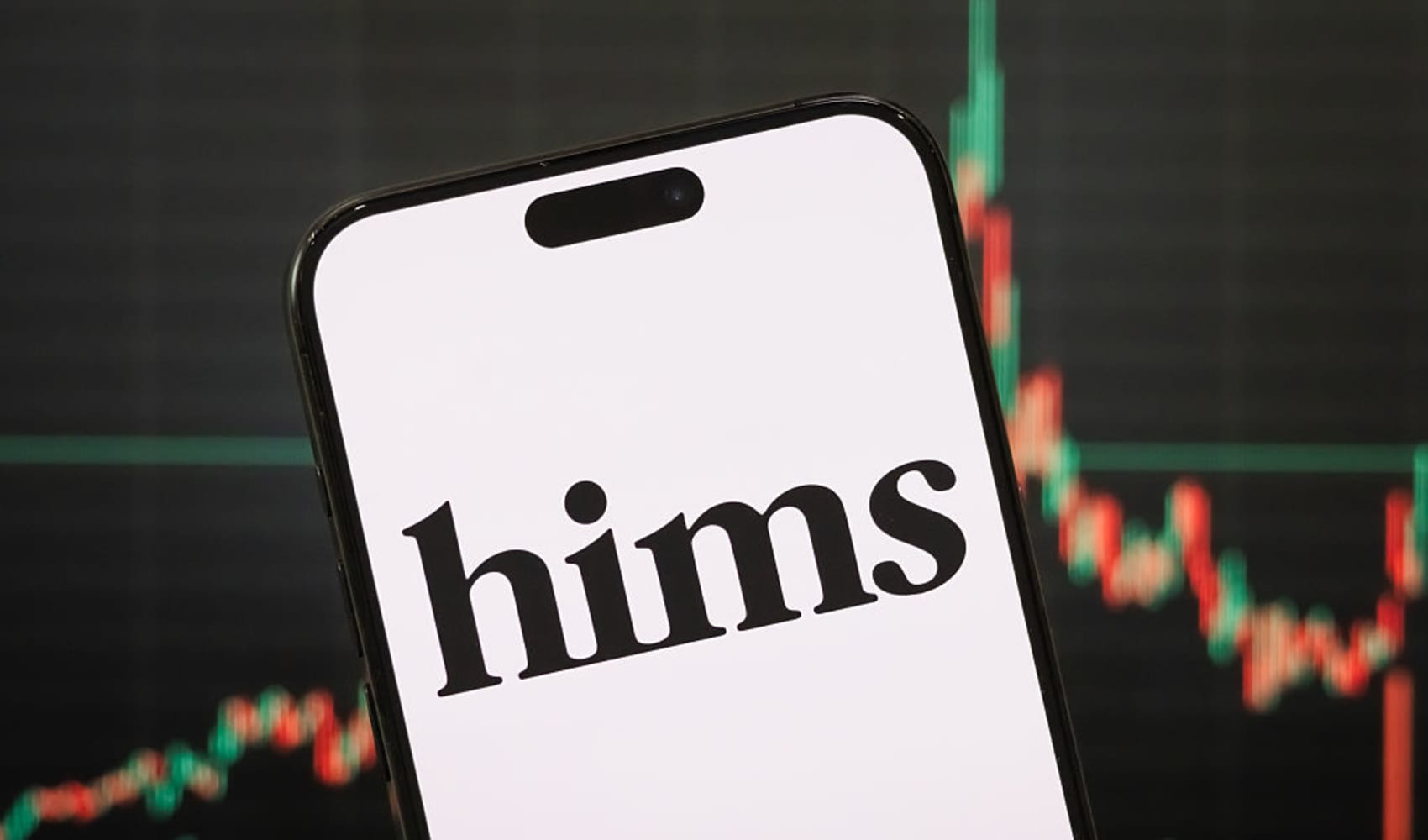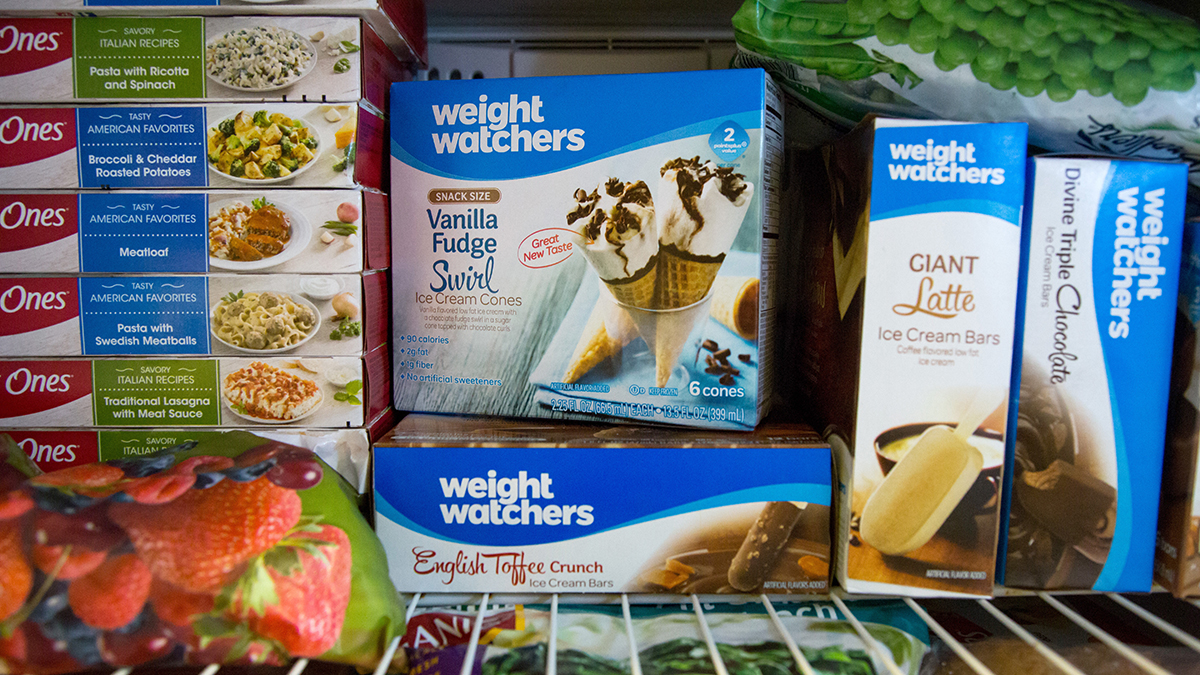GLP-1s: Can Employers Cut Medical Costs in 2 Years?
GLP-1s: Lowering Employer Healthcare Costs in Just 2 Years?
Introduction: The GLP-1 Game Changer?
The buzz around GLP-1 medications like Ozempic, Mounjaro, and Wegovy is undeniable. They're hailed as potential game-changers for managing diabetes and achieving significant weight loss. But what about the bottom line? Are these pricey drugs just another budget buster, or can they actually save employers money in the long run? A new study from Aon suggests the latter. It indicates that within two years, improved health outcomes in patients taking GLP-1s can lead to a lower growth rate in overall medical costs. Let's dive into the details and explore how these medications could reshape employer healthcare spending.
The Aon Study: A Glimmer of Hope
Aon's research provides a compelling glimpse into the potential cost-saving benefits of GLP-1s. The study examined medical claims data from a substantial group – 139,000 U.S.-based workers with employer-sponsored health coverage who used GLP-1 medications between 2022 and 2024. That's a significant sample size, making the findings all the more noteworthy.
Key Findings: What the Data Shows
While the specific details of the cost savings haven't been fully publicized yet, the core message is clear: investing in GLP-1 medications can potentially lead to a slower rate of increase in overall healthcare spending for employers within a relatively short timeframe. This suggests that the improved health outcomes associated with GLP-1s, such as better blood sugar control and weight loss, can translate into fewer hospital visits, reduced reliance on other medications, and improved overall employee health, ultimately impacting the bottom line.
The Rising Costs: Addressing the Elephant in the Room
Let's be honest: GLP-1s are expensive. An Evernorth study highlighted that since 2023, these medications have been driving up employer drug spending at a faster clip than even high-priced specialty drugs used for cancer and autoimmune conditions. That's a major concern for employers already grappling with rising healthcare costs.
Short-Term Pain, Long-Term Gain?
The Aon study suggests that the initial cost outlay for GLP-1s might be a worthwhile investment. Think of it like investing in preventative maintenance for your car. You might spend money now on oil changes and tire rotations, but you'll likely save money on major repairs down the road. Similarly, investing in GLP-1s could potentially prevent costly complications associated with diabetes and obesity, leading to long-term savings.
Beyond Diabetes: The Broader Health Benefits
While GLP-1s are primarily prescribed for diabetes management and weight loss, their benefits extend beyond these conditions. Studies have shown potential benefits for cardiovascular health, kidney function, and even neurological health. The multifaceted impact of GLP-1s could contribute to a healthier workforce overall, further amplifying the potential cost-saving benefits for employers.
A Healthier Workforce: A More Productive Workforce
Consider the ripple effect of a healthier workforce. Employees who are managing their diabetes or weight effectively are likely to experience improved energy levels, reduced absenteeism due to illness, and increased productivity. This translates into a more engaged and efficient workforce, further boosting the return on investment for employers.
Implementing GLP-1 Coverage: A Strategic Approach
Employers need to approach GLP-1 coverage strategically to maximize the potential benefits and minimize the financial burden. Blanket coverage without proper guidelines could lead to unsustainable costs. So, what's the right approach?
Prior Authorization and Formulary Management
Implementing a robust prior authorization process is crucial. This ensures that GLP-1s are prescribed to individuals who genuinely meet the medical criteria and are likely to benefit from the medication. Additionally, utilizing formulary management strategies, such as preferred drug lists and tiered copays, can help steer employees towards the most cost-effective options.
Lifestyle Modifications and Support Programs
GLP-1s are most effective when combined with lifestyle modifications, such as diet and exercise. Employers should consider offering comprehensive wellness programs that provide employees with the resources and support they need to adopt healthy habits. This could include access to registered dietitians, fitness coaches, and behavioral health specialists.
Navigating the Ethical Considerations
The increasing demand for GLP-1s has raised ethical concerns about access and equity. It's important to consider the potential impact on vulnerable populations who may not have access to these medications due to cost or other barriers.
Ensuring Equitable Access
Employers can play a role in ensuring equitable access to GLP-1s by offering tiered benefits plans that provide coverage options for employees at different income levels. They can also advocate for policies that promote affordability and accessibility of these medications.
The Future of GLP-1s: What's Next?
The field of GLP-1 medications is rapidly evolving. New drugs are constantly being developed, and existing drugs are being studied for new indications. What does the future hold for these medications and their impact on employer healthcare costs?
Emerging Therapies and Clinical Trials
Keep an eye on emerging GLP-1 therapies and clinical trials. The development of more effective and affordable GLP-1s could further enhance the cost-saving potential for employers. Additionally, research into new applications of GLP-1s could reveal even broader health benefits.
Long-Term ROI: Measuring the True Impact
To truly assess the value of GLP-1s, employers need to track the long-term return on investment. This requires careful data analysis and a comprehensive understanding of the various factors that influence healthcare costs.
Data-Driven Decision Making
Implement robust data tracking systems to monitor the health outcomes and healthcare costs of employees taking GLP-1s. Analyze this data to identify trends, measure the effectiveness of GLP-1 programs, and make informed decisions about future coverage strategies.
The Role of Technology: Enhancing GLP-1 Management
Technology can play a crucial role in enhancing GLP-1 management and improving patient outcomes. Telehealth platforms, mobile apps, and wearable devices can provide employees with convenient access to healthcare professionals, personalized support, and real-time monitoring of their health metrics.
Telehealth and Remote Monitoring
Leverage telehealth platforms to provide employees with remote access to endocrinologists, registered dietitians, and other healthcare professionals. Utilize wearable devices and mobile apps to track blood sugar levels, weight, and other health metrics, enabling proactive intervention and personalized support.
Partnering with Healthcare Providers: A Collaborative Approach
Collaboration between employers, healthcare providers, and pharmaceutical companies is essential for optimizing GLP-1 management and achieving the best possible outcomes for employees. This collaborative approach can help ensure that GLP-1s are used appropriately, effectively, and cost-effectively.
Open Communication and Shared Goals
Foster open communication and collaboration between employers, healthcare providers, and pharmaceutical companies. Establish shared goals for improving employee health outcomes and reducing healthcare costs. Work together to develop innovative strategies for managing GLP-1 utilization and maximizing the value of these medications.
Employee Education: Empowering Informed Decisions
Empowering employees with accurate information about GLP-1 medications is crucial for promoting informed decision-making and maximizing the benefits of these therapies. Educational campaigns, workshops, and online resources can help employees understand the risks and benefits of GLP-1s, how to use them effectively, and the importance of lifestyle modifications.
Comprehensive Educational Resources
Develop comprehensive educational resources that provide employees with accurate and unbiased information about GLP-1 medications. Host workshops and webinars to educate employees about the risks and benefits of these therapies, how to use them effectively, and the importance of lifestyle modifications. Create online resources that employees can access at their convenience.
Conclusion: A Promising Path Forward
The Aon study offers a promising perspective on the potential of GLP-1s to not only improve employee health but also lower employer healthcare costs. While the initial investment can be substantial, the potential for long-term savings through reduced complications and a healthier workforce is compelling. By implementing strategic coverage policies, promoting lifestyle modifications, and leveraging technology, employers can harness the power of GLP-1s to create a healthier and more productive workforce while managing healthcare costs effectively. The key takeaways are that data, strategic implementation, and a focus on holistic wellness are essential for unlocking the potential of GLP-1s.
Frequently Asked Questions
- Will GLP-1s guarantee lower healthcare costs for my company?
While the Aon study is promising, results can vary. Strategic implementation, patient selection, and lifestyle interventions are crucial for realizing cost savings. - What are the potential risks associated with GLP-1 medications?
Common side effects include nausea, vomiting, and diarrhea. Serious risks are rare but can include pancreatitis and gallbladder problems. It's important to discuss potential risks with a doctor. - How can I ensure my employees are using GLP-1s safely and effectively?
Implement a prior authorization process, require lifestyle modification programs, and provide ongoing education and support. - Are GLP-1s only for people with diabetes?
No, some GLP-1s are approved for weight loss in individuals without diabetes who meet specific criteria. - What role does lifestyle modification play when using GLP-1s?
Lifestyle changes, including diet and exercise, are essential for maximizing the benefits of GLP-1s and achieving long-term success. They are not a replacement for healthy habits, but a tool to support them.




